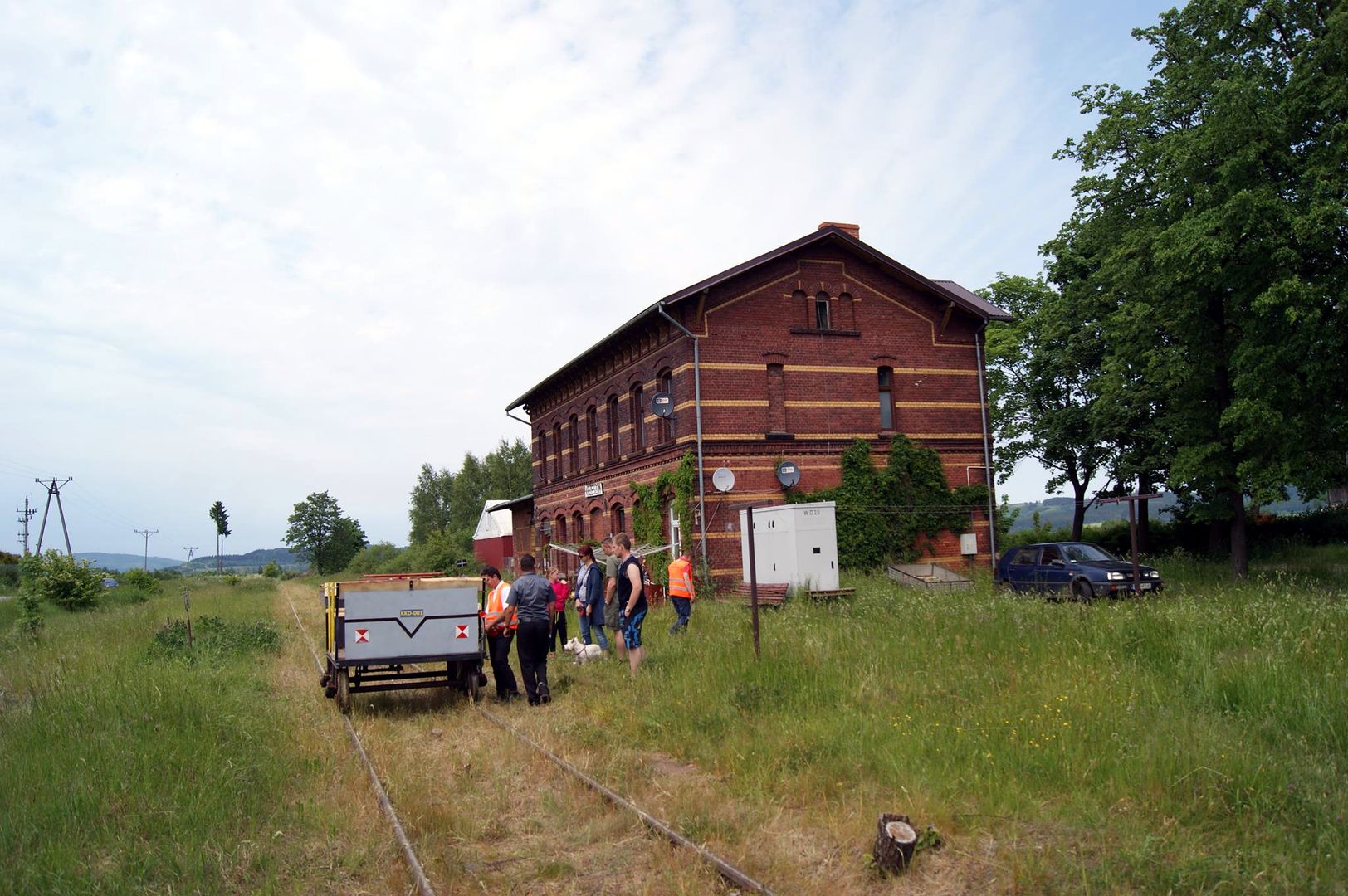Railway line No. 330
6.53

W skrócie
The Zadrna Valley Railway, constructed at the turn of the 19th and 20th centuries, was a result of the industrial development in the Kamienna Góra area that followed the construction of the Silesian Mountain Railway. It was a private project initiated by Hermann Rinkel, the owner of textile factories. Established in 1899, its purpose was to transport raw materials to the plants and carry people within the region. Connecting Kamienna Góra with Okrzeszyn, the line measured 21.56 km and featured distinctive architectural characteristics—its stations and stops were built of clinker brick and adorned with decorative bands. A key engineering element was the truss bridge over the Bóbr River, the largest structure of its kind along the route. The railway significantly impacted the lives of the local community by facilitating access to jobs in the weaving mills. Also noteworthy is its often humorous nickname, the "sausage railway," derived from the popularity of local products. After World War II, the railway declined in importance, leading to the gradual discontinuation of both passenger and freight services. The last passenger train ran in 2002. Today, only sections of the line are used for occasional handcar rides, and the route itself frequently appears in plans for tourism development, including cycling paths.
Mapa
Gmina (III Jednostka administracyjna)
Kamienna Góra
Powiat (II Jednostka administracyjna)
Powiat kamiennogórski
Województwo (I Jednostka administracyjna)
Województwo dolnośląskie
Państwo
Polska
2025 Wizytor | Wszystkie prawa zastrzeżone